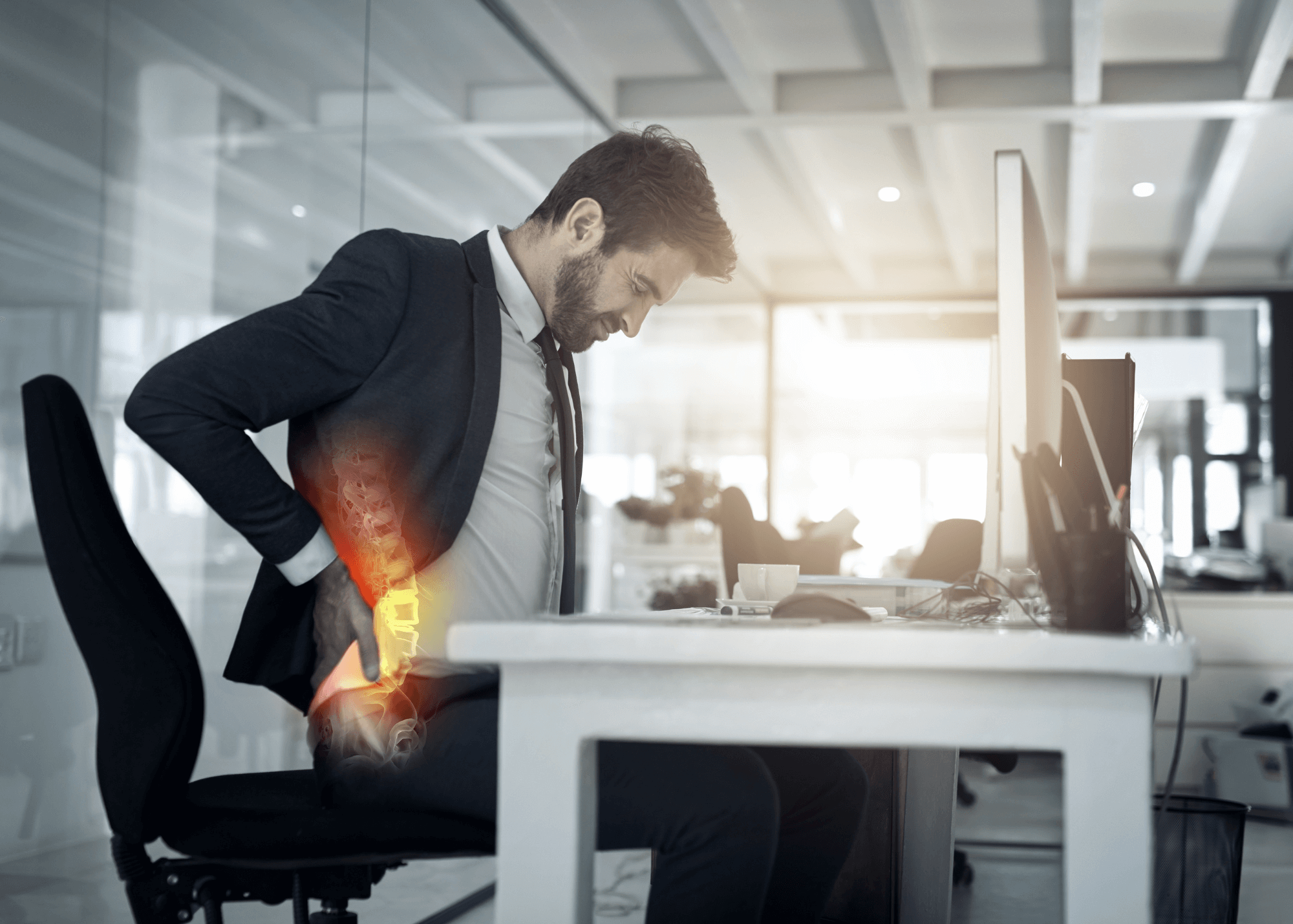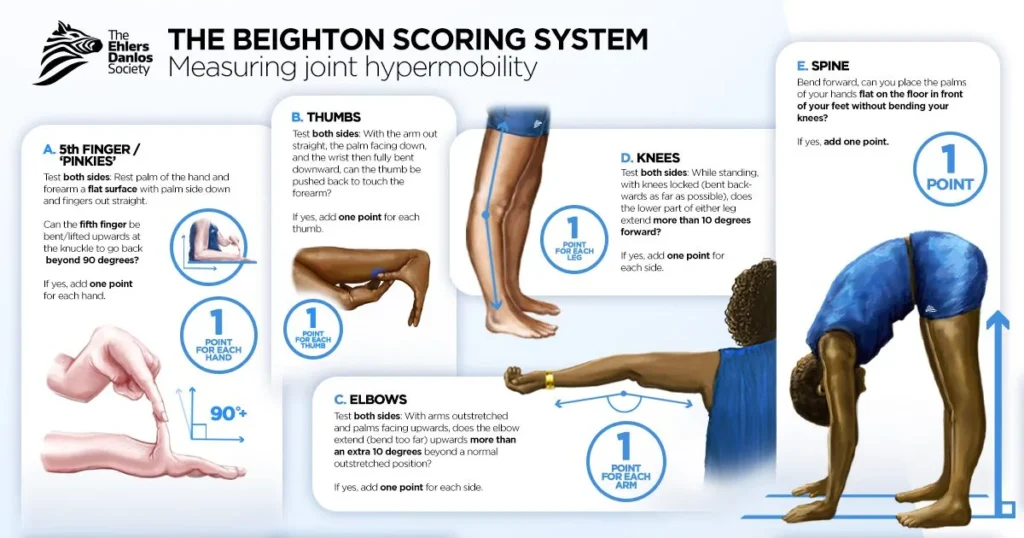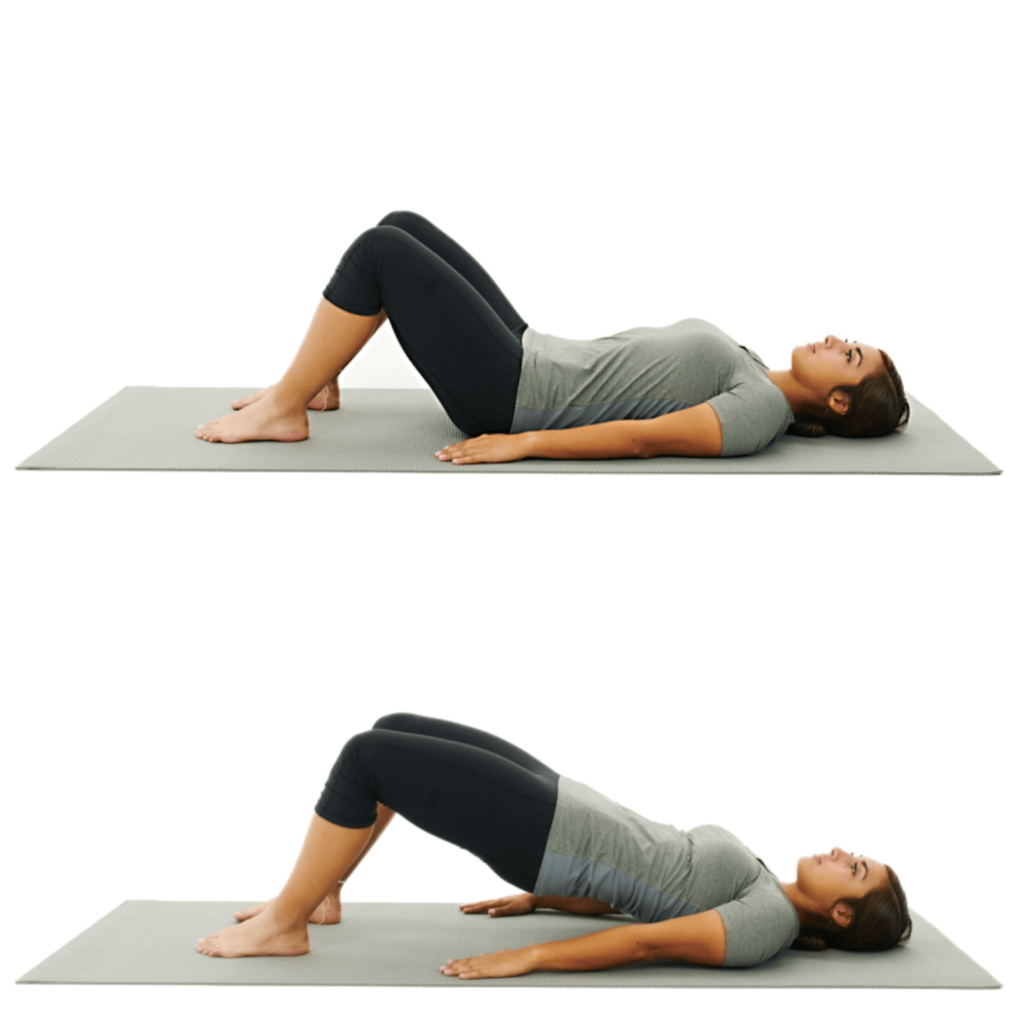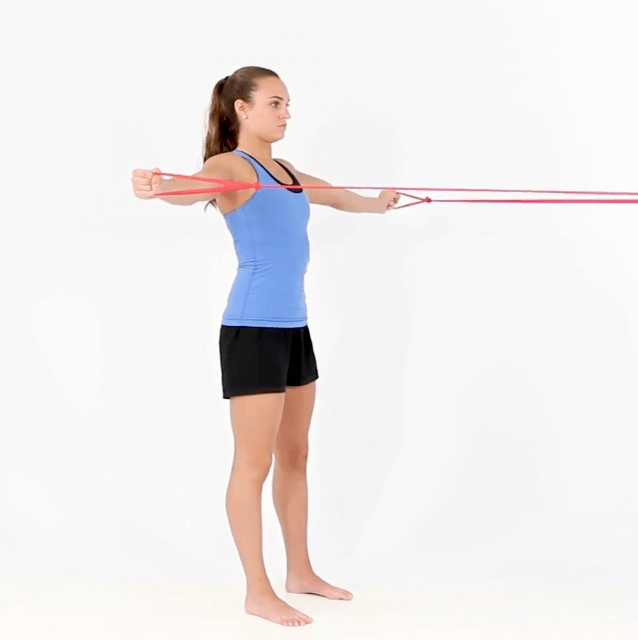Phone: (714) 695-1566
Fax: (714) 695-1553
Email: info@salinaspt.com
23655 Via Del Rio, Suite C
Yorba Linda, CA 92887

Phone: (714) 695-1566
Fax: (714) 695-1553
Email: info@salinaspt.com
23655 Via Del Rio, Suite C
Yorba Linda, CA 92887

Low back pain (LBP) is one of the most common ailments affecting millions of people worldwide. It’s estimated that 80% of the population will suffer from LBP at some point in their lives. Billions of dollars are spent each year in the U.S. for care of spine-related conditions [1]. While many of the causes of LBP involve injuries, degenerative processes, or other issues, often overlooked are pain-related generalized laxity and loss of dynamic control. This condition is referred to as Postural Pain Syndrome. This type of pain is not confined to the lower back and often affects the cervical region and the thoracic spine.
Postural pain syndrome occurs when the muscles that surround the spine fail to control the posture and movement in a neutral position, leading to pain and dysfunction. Over time, instability can cause pain, especially when exposed to prolonged periods of poor posture or faulty movement. Therefore, it is essential to identify instability to design an effective treatment plan to relieve pain and restore normal function.
Postural pain syndrome occurs when the body’s postural muscles are weak or ineffective at providing the necessary support for the spine. When this happens, the body relies on passive structures like the ligaments, joint capsules, and discs. Panjabi, in a classic paper written in 1992 [2], explains how the spine’s stability is achieved through three systems.
Postural pain from generalized laxity or poor dynamic control is more common in specific populations. These individuals are more prone to factors that contribute to postures, like prolonged sitting, weak muscles, or laxity in their spine. Here are some common populations prone to postural pain.
People with conditions like Ehlers-Danlos Syndrome or those born with more laxity than usual are predisposed to postural instability. When we were kids, we all remember the double jointed person who count touch their hands flat on the floor or wrap their arm behind their head. One self-test you can perform to find out is known as the Beighton Scoring System:

Image Sourced from The Elhers-Danlos Society
People who spend hours behind a desk or those who lack regular activity can develop underdeveloped muscles. Sitting at a desk for hours and weeks at a time can result in muscle imbalances such as tight hip flexors and long and weakened core and postural muscles.
During the last few moths of the pregnancy, as the abdomen grows the center of gravity shifts placing more load on the spine. In addition, during the last trimester, a hormone called relaxin is released which increases ligamentous laxity to prepare the birth canal for the child’s birth. Following the pregnancy the abdominal muscles are stretched or sometimes severed, in the case of C-section, which further weakens the muscles unable to stabilize the spine.

Improving spinal stability is a proven method to reduce low back pain because it enhances the body’s ability to support and protect the spine during movement. Spinal stability involves the coordination of deep core muscles, such as the transverse abdominis, and multifidus, which act as a natural brace fro the lower back.
When these muscles are engaged, they minimize the likelihood of pain or injury. A stable spine allows for better load distribution and movement efficiency, which is especially important for individuals with chronic low back pain or those recovering from an acute injury.
Targeted exercises to improve spinal stability not only alleviate existing pain, but also serve as a preventative strategy. To get started, here are some simple exercises that can improve your postural strength:



Postural Pain Syndrome arises when muscles surrounding the spine fail to stabilize is effectively, leading to excessive strain on spinal ligaments, discs, and joints. Over time, this instability can cause chronic pain, particularly when the spine is subjected to prolonged periods of poor posture or movement patters. As a result identifying and treating instability in the spine is crucial to relieving pain and restoring proper function.
Since LBP is one of the most common conditions that present in our clinic, we feel the duty to help educate our audience on the ways to reduce painful symptoms. Over time, improved spinal stability can decrease pain flare-ups and enable individuals to participate in daily activities and sports with less discomfort, contributing to overall quality of life. If you, or someone you know is suffering from LBP, our team can help. Contact us to get started!
– The Salinas PT Team
[1] Waterman, B. R., Belmont, P. J., & Schoenfeld, A. J. (2012). Low back pain in the United States: Incidence and risk factors for presentation in the emergency setting. The Spine Journal, 12(1), 63-70. https://doi.org/10.1016/j.spinee.2011.09.002
[2] Panjabi MM, The Stabilizing System of the Spine** (1992): This classic paper explains the concept of spinal stability and how the body’s passive (ligaments, bones), active (muscles), and neural control systems interact to maintain stability.
[3] Cook et al., Diagnosis and Treatment of Lumbar Spinal Instability** (2011): This article reviews various diagnostic tests, including the Prone Instability Test, and explores conservative treatments for spinal instability.
[4] Hicks et al., Lumbar Segmental Instability: A Clinical Review** (2005): This review offers a detailed examination of lumbar instability, outlining clinical approaches to diagnosis and rehabilitation.
Disclaimer: The information provided on SalinasPT’s website is for general informational purposes only and should not be considered a substitute for professional medical advice. We strive to ensure the accuracy and timeliness of the information. By using this website, you acknowledge that you assume full responsibility for any actions taken based on the information provided, and we disclaim all liability for any damages or consequences resulting from such actions. Always consult a qualified healthcare professional for personalized medical advice and treatment.